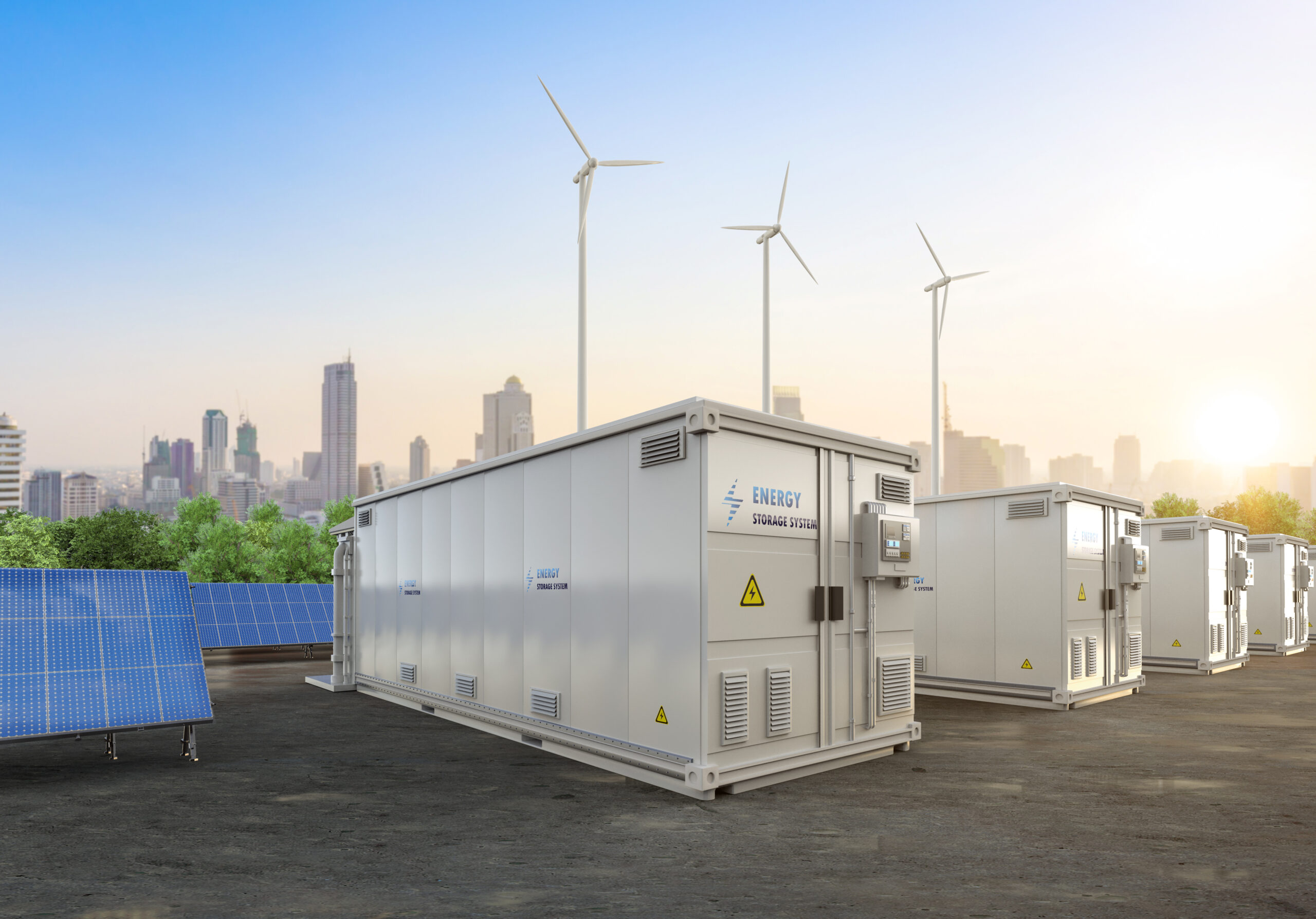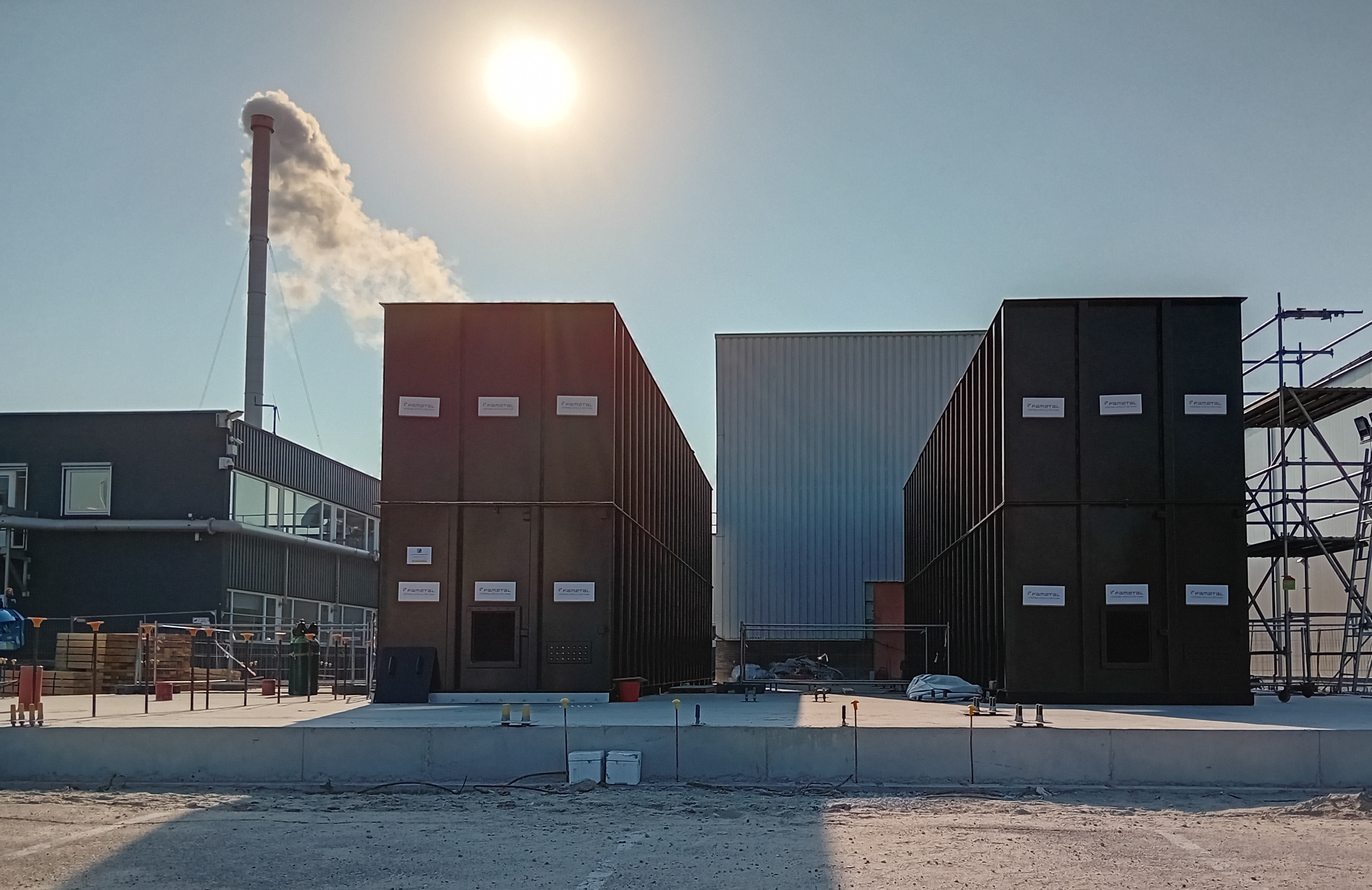No energy to waste: we can’t forgo innovative storage technologies
 29
Sep
2023
29
Sep
2023
We need long-duration energy storage now
In 2023, the need to move away from fossil fuels and replace them with renewables is no longer questionable: renewable energy solutions have a proven record as a source of reliability and grid resilience, more stable energy prices, less global warming, and less pollution.
But they have one drawback: they are inherently variable and stop producing when, for instance, the wind is not blowing, or the sun is not shining. A very efficient way to solve this drawback is to deploy energy storage technologies to store renewable energy during periods of surplus generation and release it when demand arises.
Today, while spending money to import fossil fuels, Europe wastes large amounts of renewable energy produced in-house just because it does not have in place enough energy storage systems that could save it for later. Non-fossil flexibility solutions are a must for Europe to achieve its climate goals.
Time for Member States to act
Most countries have already understood the importance of investing immediately in grid-scale energy storage and national auctions are being designed or decided now. For instance, this year, Italian regulators have reworked their criteria for large-scale energy storage capacity; Hungary will soon launch a new support scheme to encourage the development of 885 MWh new electricity storage capacities by the end of 2026; and other countries are following the same path.
It is a step in the right direction, but decision makers are rightfully wondering “What should I invest in exactly?”. While it is urgent to prioritise solutions with a high technology readiness level, and proven successful industrial applications, it is crucial not to close the door to a variety of energy storage technologies that could help foster the deployment of renewable energy solutions in the future.
All innovative technologies should be considered for energy storage capacity tenders, contingent upon a mandatory requirement: the demonstration of a high technology readiness level.
This means systems that have already proven their mettle on an industrial scale, using well-known proven equipment that market operators consider reliable enough to guarantee their operation and performance should be included in the requirement of those tenders.
The right mix of short and long-duration storage is key to answering the challenges ahead while phasing out fossil-fuel solutions at the necessary pace. Public authorities need to keep that in mind when they define the requirements for energy storage auctions so that they do not lock themselves in a narrow view that would impede for decades the deployment of the mix they truly need.
Given the scale of the challenge, it would not be an anecdotal blunder: a recent study by Terna estimates that in Italy alone 71GWh of new grid-scale energy storage needs to be deployed by 2030 for the country to decarbonise its energy system in line with the EU targets.
Ambitious EU targets for renewables mean more energy storage is needed
At the EU level, the European Commission rightly stresses that system flexibility is essential in the EU’s electricity system if we want to successfully reach our renewable energy targets, at the very least, 42.5% of EU energy needs to be generated by renewables by 2030.
Data consistently shows a direct relation between flexibility requirements, electrification of demand and renewables deployment: the more you want to increase your share of renewable energy, the more you need energy storage.
Different types of energy storage technologies can provide a complete range of flexibility services at different scales and timescales. Solutions, able to provide both short and long-duration storage, should be quickly deployed to cope with the phase-out of fossil energy sources and to use renewables to their full potential.
It can also be combined with other flexibility solutions like demand response to increase the overall flexibility of the system. Concretely, if we want to achieve the EU’s Fit for 55 and REPowerEU objectives, energy storage must quickly double its current capacity by 2030 to achieve the forecasted demand of 200 GW.
We need ambitious and future-proofed measures
Europe is at a turning point in its sustainable transition, the choices it makes today will define its ability to uphold its decarbonisation targets and ensure its energy independence. It is time to design a resilient EU power system that puts an end to its current shortcomings.
The worst we could do now is regress to bad habits and turn ambitions into half-measures with the false hope that a few more gas suppliers would solve the EU energy crisis.
The Russian invasion of Ukraine showed that the overreliance of Europe on a few partners for the supply of fossil fuels endangers Europe’s security: soaring energy prices, imposing a heavy weight on the economy and especially low-income households, and dividing Member States.
With a clear view of the problem and the solution, we need to go big or go home. We might just no longer have a proper home if we do not act decisively! If we truly want to achieve our climate goals in Europe, we have no time and renewable energy to waste and must significantly commit to the deployment of energy storage.
The article was originally published on Euractiv.




